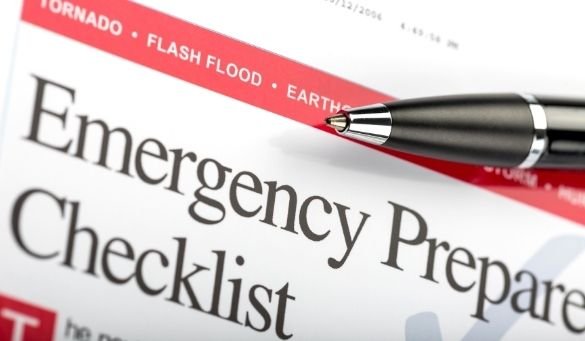How To Improve Emergency Preparedness in Your Organization
No organization is immune to emergencies, whether natural disasters or man-made accidents. That’s why every business needs to have an emergency preparedness plan.
Every business is different, so there is no one-size-fits-all approach to planning for disasters. However, there are some general steps to improve emergency preparedness in your organization.
Identify Potential Threats
The first step is to identify the potential threats your organization could face. Common hazards include fires, floods, hurricanes, tornadoes, earthquakes, and terrorism. This step will vary depending on your location, industry, and other factors.
Once you have identified the potential threats, you need to assess the risk of each one. This identification will help you determine which threats are most likely to occur and how severe they could be.
Create a Strategy
Once you have assessed the risks, you can develop a plan. This should include steps before, during, and after an emergency. A plan for something like a hurricane will look much different than the procedures for a gas leak.
Some of the things you should include in your plan are:
A list of emergency contacts
Evacuation routes
A communication plan
A method for dealing with critical infrastructure
A procedure for accounting for employees
You should also consider what you will do if your regular systems and procedures are not available. For example, if you rely on technology for communication or data storage, you need to have a backup plan in place in case of power outages or other disruptions.
Develop a Continuity Plan
In addition to your overall plan, you should also develop a continuity plan. This will help you keep your business running in an emergency.
Your continuity plan should include things like:
Alternative methods of communication
Alternate locations to do business
How you’ll deal with damaged or destroyed facilities
How you’ll continue operations if key personnel are unavailable
It’s wise to also have plans for suppliers and customers. For example, you may need to find alternative suppliers if your regular ones cannot deliver goods or services.
Audit These Plans Every So Often
After creating your emergency preparedness and continuity plans, audit them regularly. This step will help you ensure that they are up to date and that all employees know them. After any significant organizational changes, such as a merger or acquisition, you should also review them.
Practice Makes Perfect
It’s not enough to have a plan in place—you also need to practice it. This practice will ensure everyone knows what to do in an emergency.
You should conduct regular drills and exercises to test your plans. You can also use simulations to help employees understand what to do.
By taking these steps, you can improve emergency preparedness in your organization and be ready for whatever comes your way. Review your plans regularly and practice them often to ensure complete preparation. Your business and employees will thank you for it.


